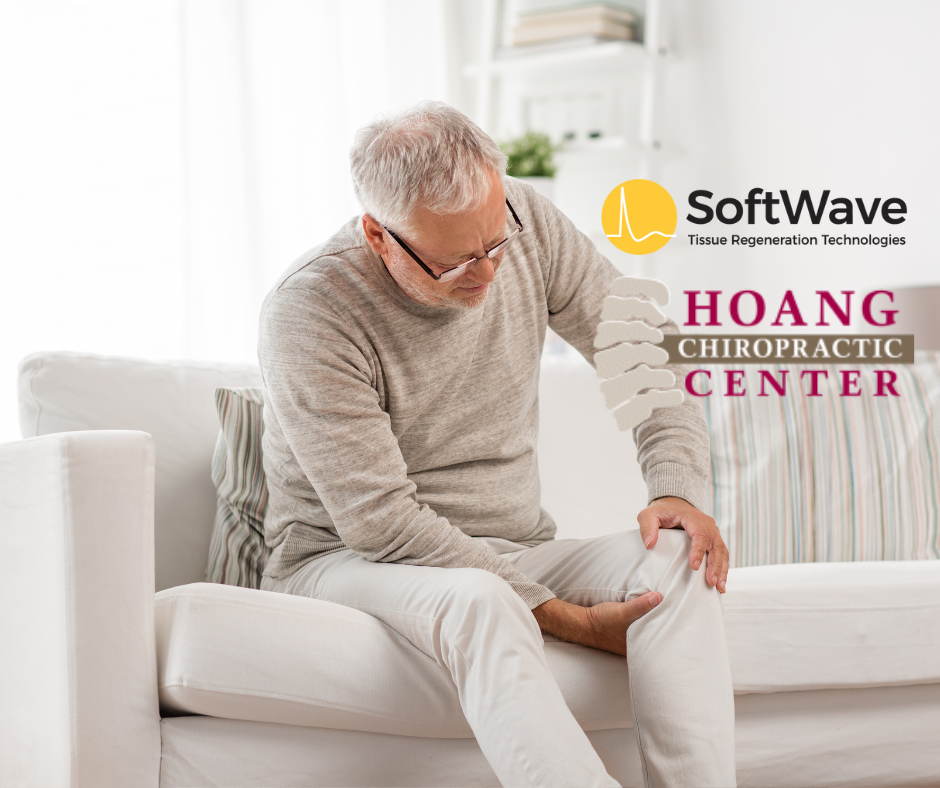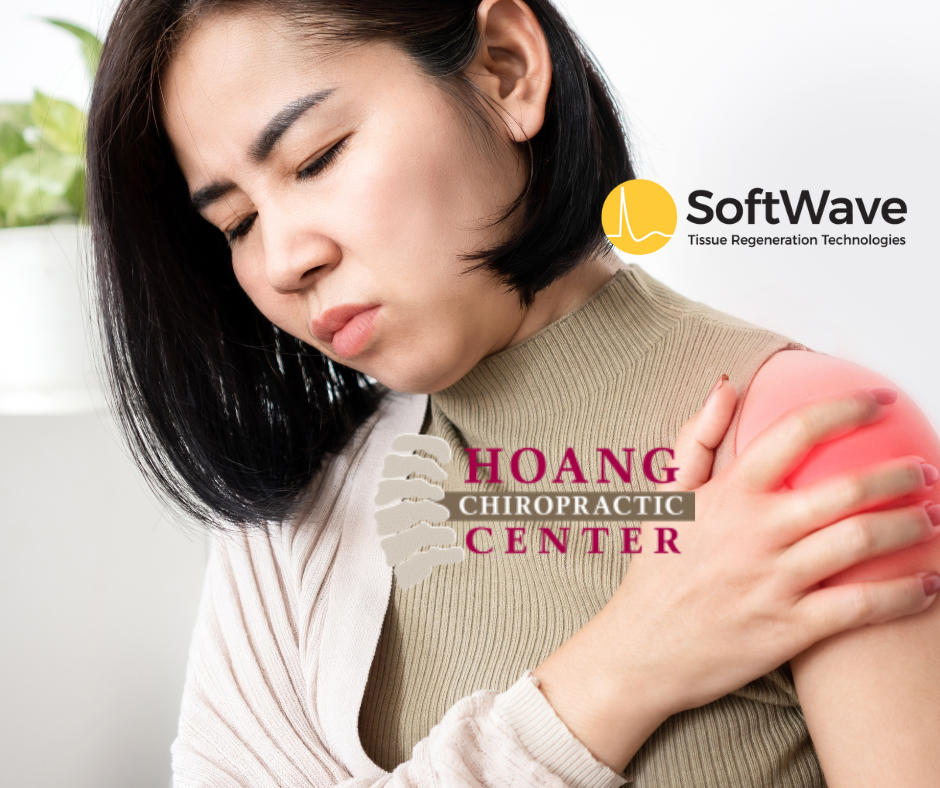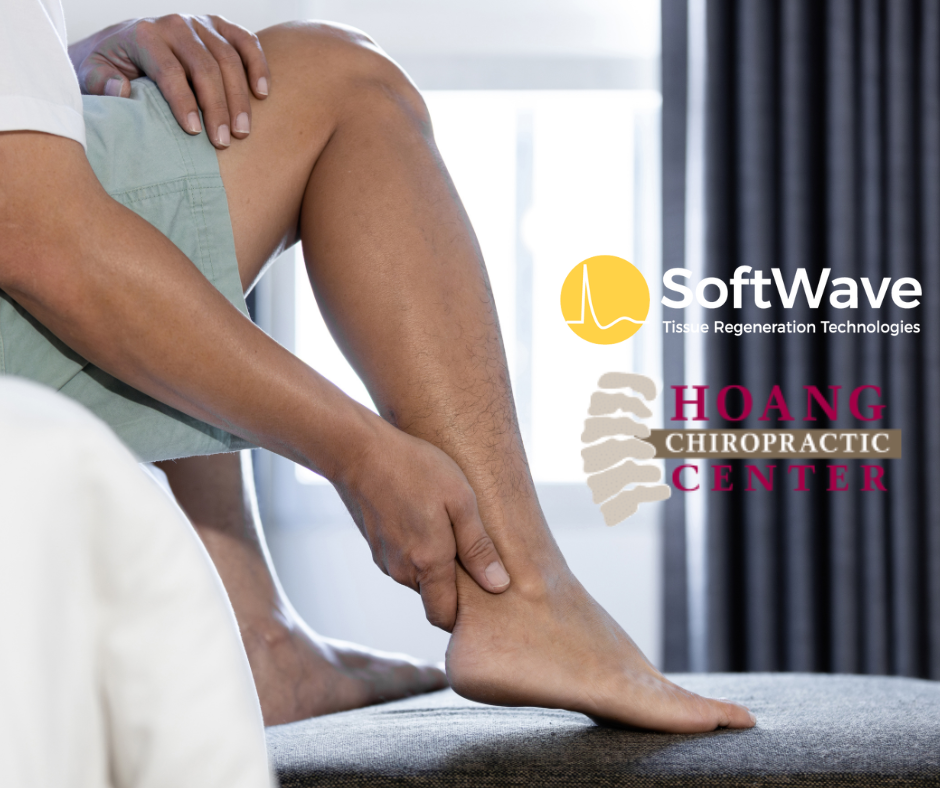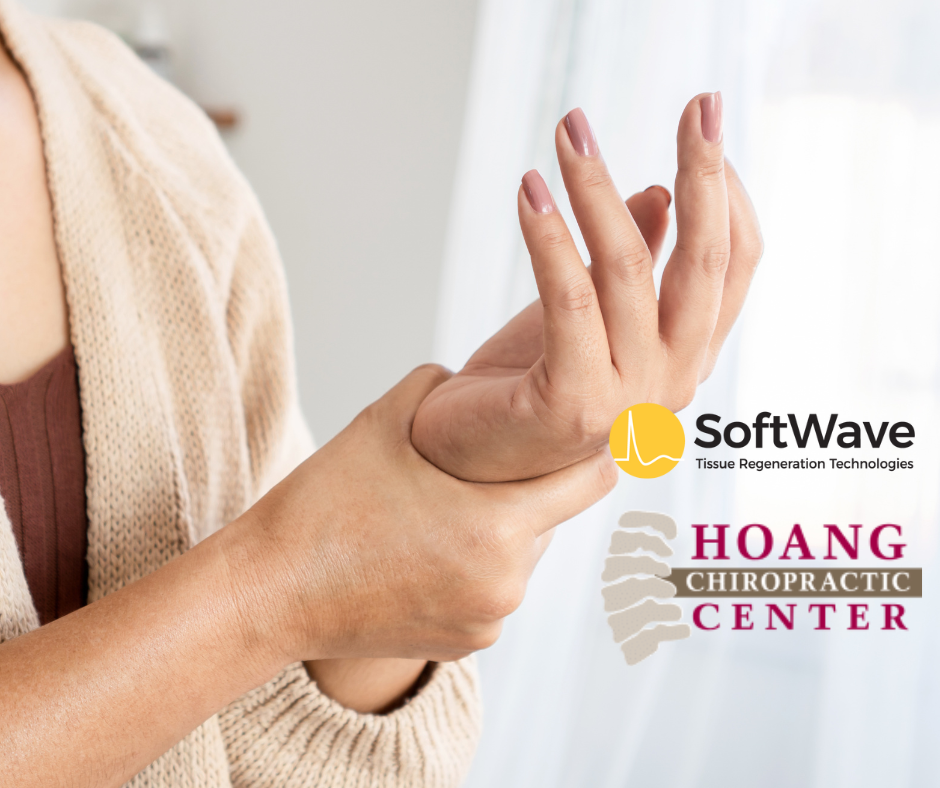Blog
Understanding Lumbar Spine Disc Herniations and Effective Treatments at Hoang Chiropractic Center
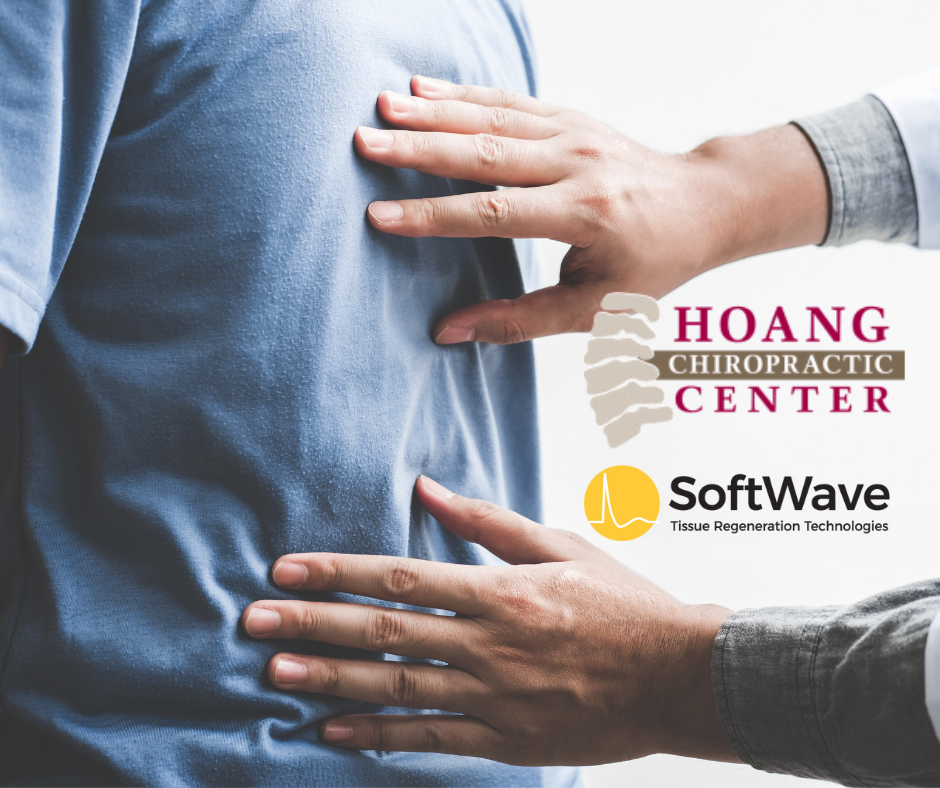
Lumbar spine disc herniations can cause significant pain and discomfort, affecting daily activities and overall quality of life. At Hoang Chiropractic Center, Dr. Kim Hoang, Dr. Kimberly Trainor, and Dr. Hayley Meyers offer advanced solutions for treating lumbar spine disc herniations through Spinal Decompression Therapy and SoftWave Tissue Regeneration Technology. This comprehensive guide explores the types, causes, and symptoms of disc herniations, and how our innovative treatments can provide relief and promote healing.
Types of Lumbar Spine Disc Herniations
Contained Disc Herniation
A contained disc herniation occurs when the nucleus pulposus (the inner gel-like core) pushes against the outer fibrous ring (annulus fibrosus) without breaking through. The disc remains intact but bulges, causing pressure on surrounding nerves.
Non-Contained Disc Herniation
In a non-contained disc herniation, the nucleus pulposus breaks through the annulus fibrosus but remains within the disc space. This type of herniation can cause significant nerve compression and pain.
Sequestered Disc Herniation
A sequestered disc herniation occurs when a fragment of the nucleus pulposus breaks away from the main disc and becomes lodged in the spinal canal. This type can cause severe pain and neurological symptoms due to free-floating disc material compressing the spinal nerves.
Causes of Lumbar Spine Disc Herniations
Lumbar spine disc herniations can result from various factors, including:
- Age-Related Degeneration: As discs age, they lose water content and elasticity, making them more prone to herniation.
- Trauma: Sudden injuries, such as falls or accidents, can cause disc herniation.
- Repetitive Strain: Activities that involve repetitive bending, lifting, or twisting can weaken the disc structure over time.
- Genetics: A family history of disc herniations can increase the risk.
- Poor Posture: Prolonged sitting or standing with poor posture can contribute to disc degeneration and herniation.
Symptoms of Lumbar Spine Disc Herniations
Common symptoms of lumbar spine disc herniations include:
- Lower Back Pain: Persistent or sharp pain in the lower back.
- Leg Pain (Sciatica): Radiating pain from the lower back down through the buttocks and into the leg.
- Numbness or Tingling: Sensations of numbness or tingling in the legs or feet.
- Weakness: Muscle weakness in the legs, affecting mobility.
- Reduced Range of Motion: Difficulty bending or twisting the lower back.
Spinal Decompression Therapy: A Non-Invasive Solution
How Spinal Decompression Therapy Works
Spinal Decompression Therapy is a non-invasive treatment designed to relieve pressure on the spinal discs and nerves. It involves gently stretching the spine, creating negative pressure within the disc, which helps to:
- Retract Herniated Discs: The negative pressure created helps retract herniated or bulging discs back into place, reducing pressure on the nerves.
- Promote Healing: Enhanced nutrient-rich fluid flow to the discs promotes healing and hydration, aiding in the repair of damaged discs.
- Reduce Pain: By alleviating nerve compression, spinal decompression therapy provides significant pain relief.
The Science Behind Spinal Decompression Therapy
Spinal decompression therapy works based on principles of mechanical traction and biomechanical alignment. The gentle stretching of the spine increases the space between the vertebrae, reducing intradiscal pressure and promoting retraction of the herniated disc material. This process helps alleviate nerve compression and improves overall spinal health.
SoftWave Therapy: Advanced Regenerative Healing
How SoftWave Therapy Works
SoftWave Tissue Regeneration Technology uses electrohydraulic supersonic acoustic waves to stimulate healing, repair, and regeneration at the cellular level. This therapy provides a non-invasive, drug-free alternative to traditional treatments, promoting true healing and recovery.
The Science Behind SoftWave Therapy
SoftWave Therapy operates on several scientific principles to promote healing and tissue regeneration:
- Modulation of Inflammation: SoftWave Therapy helps reduce chronic inflammation, a key factor in many painful conditions.
- Activation of Toll-Like Receptors: Enhances the body's immune response to injury, promoting the release of growth factors necessary for healing.
- Production of VEGF (Vascular Endothelial Growth Factor): Promotes new blood vessel formation, enhancing blood flow and nutrient delivery to damaged tissues.
- Neovascularization: The creation of new blood vessels, essential for tissue repair and regeneration.
- eNOS (Endothelial Nitric Oxide Synthase) Activation: Enhances blood flow and reduces inflammation by producing nitric oxide.
- Stimulation of BMP (Bone Morphogenetic Proteins): Stimulates bone growth and repair.
- Increased Angiogenesis: Ensures injured areas receive the necessary blood supply for effective healing.
- PCNA (Proliferating Cell Nuclear Antigen) Upregulation: Indicates enhanced cellular repair and regeneration.
- Stem Cell Activation and Migration: Promotes the repair and regeneration of damaged tissues.
Benefits of SoftWave Therapy for Disc Herniations
SoftWave Therapy offers numerous benefits for treating lumbar spine disc herniations:
- Reduces Pain and Inflammation: Provides immediate pain relief and reduces inflammation in the affected areas.
- Promotes Tissue Repair and Regeneration: Enhances the body’s natural healing processes, promoting long-term recovery.
- Improves Mobility and Function: Restores flexibility and range of motion, enabling patients to return to their daily activities.
- Non-Invasive and Drug-Free: Offers a safe alternative to surgery and medication, with no downtime.
Combining Spinal Decompression and SoftWave Therapy for Optimal Results
At Hoang Chiropractic Center, we combine Spinal Decompression Therapy and SoftWave Therapy to provide a comprehensive approach to treating lumbar spine disc herniations. This combination enhances the benefits of each treatment, promoting faster and more effective healing.
Contact Us
Hoang Chiropractic Center offers two convenient locations to serve you:
Westbank Location
Address: 2120 Belle Chase Highway, Gretna, LA 70053
Phone: 504-688-7255
Eastbank Location
Address: 3848 Veterans Memorial Blvd #104, Metairie, LA 70002
Phone: 504-688-7255
Don’t let lumbar spine disc herniations control your life. Contact us today to schedule an appointment and discover how our combination of Spinal Decompression Therapy and SoftWave Therapy can provide lasting relief and promote true healing.
At Hoang Chiropractic Center, we are committed to helping you achieve a pain-free, active lifestyle. Trust Dr. Kim Hoang, Dr. Kimberly Trainor, and Dr. Hayley Meyers to support your journey to better health and well-being. For more information or to schedule an appointment, please contact us at one of our locations listed above. We look forward to helping you achieve lasting relief and improved spinal health!
Schedule Online Here for Lumbar Disc Herniation Pain Relief Without Surgery or Injections!
‹ Back


